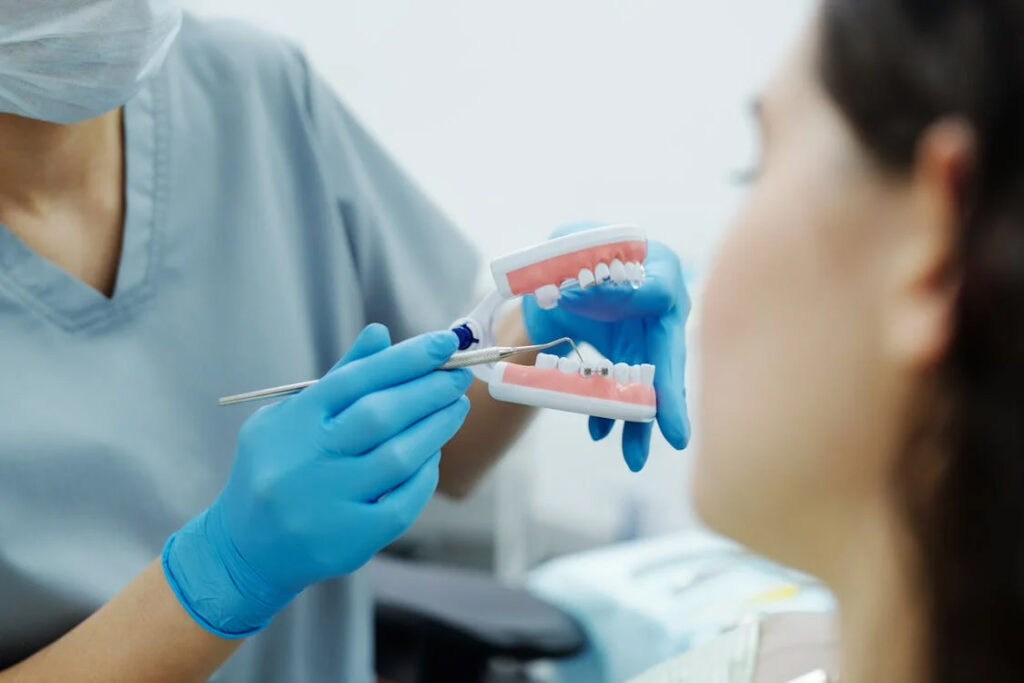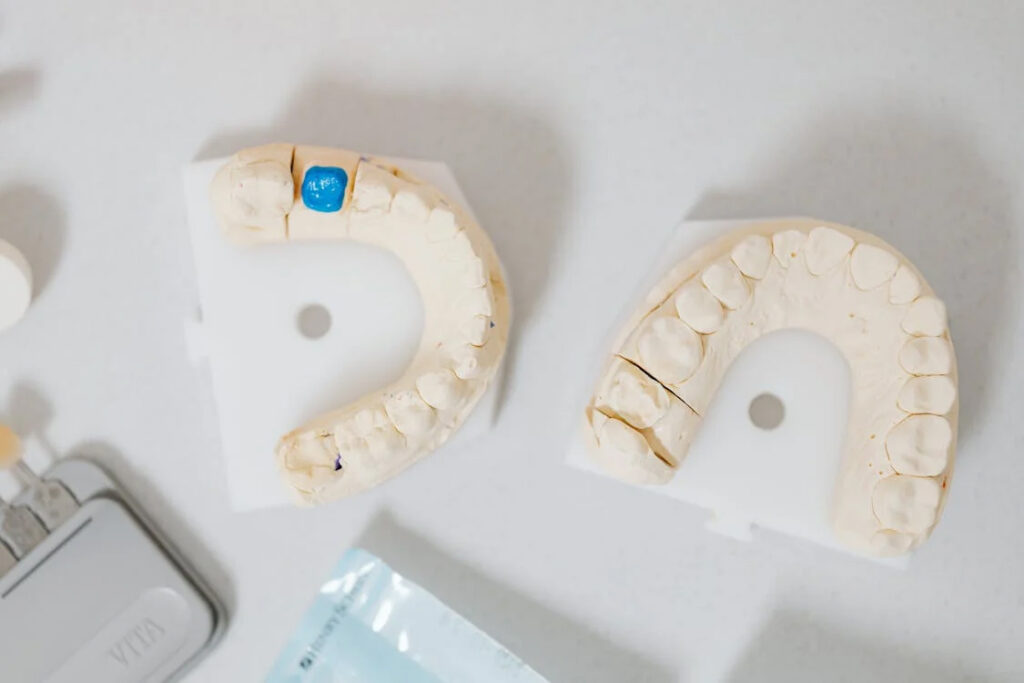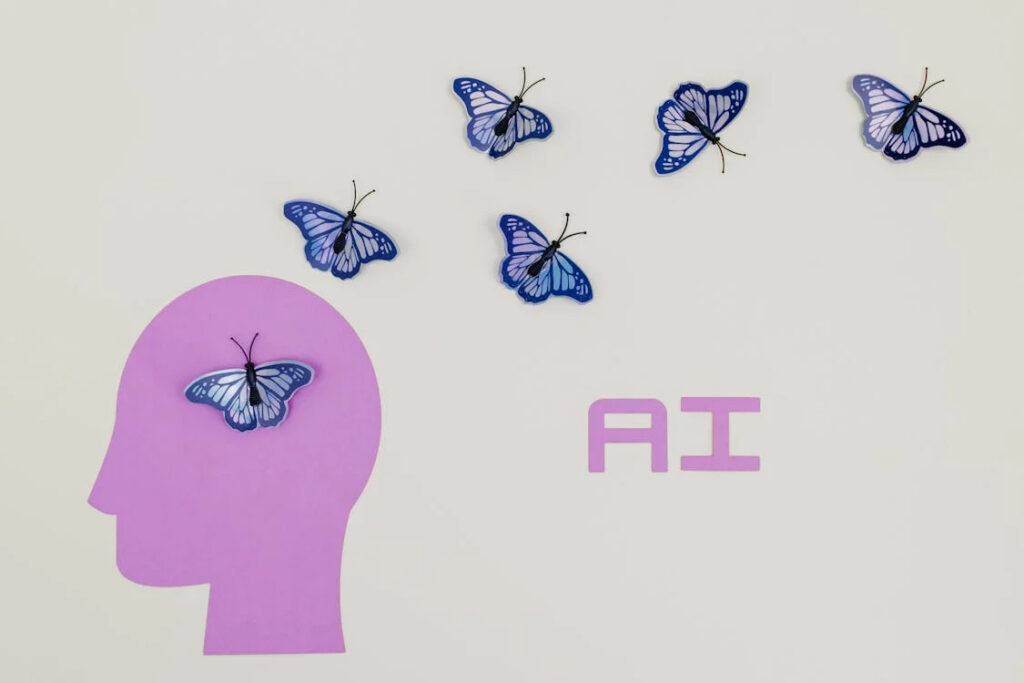AI in Dentistry: Innovative Tool for Accurate Braces Adjustment

The use of Artificial Intelligence (AI) in Dentistry, in general, and particularly in Orthodontics, would mark a sea change in treatment approaches and perspectives of patient care by dental professionals. That change was demonstrated by the new precision-adjustable brace developed in a project collaboration between 3Shape and University of Copenhagen. This breakthrough technology uses AI to make the brace-fitting process much more accurate, ensuring that the patient is ushered into a new era of orthodontic care where treatment will be more efficient yet individualized to him.
Development of the AI Tool for Braces Fitting
The AI tool for braces fitting was designed within the cooperation of the University of Copenhagen and 3Shape with a clear goal: to revolutionize the attitude of orthodontists toward fitting braces. It predicts the optimal tooth movement, and, by use of its cutting-edge artificial intelligence algorithms and virtual patient models, it guides to fit the braces precisely. It maximizes over 1,000 scanned images of human jaws, whereby extensive research is conducted for the AI to be in a position of giving a prediction and modeling how different sets of braces affect tooth arrangement over a while accurately.
Challenges in Traditional Orthodontic Treatment and AI Solutions
Conventional orthodontic treatments mostly rely on trial and error based on the experiences and judgments made by the orthodontist. The patient may require several adjustments and visits to the orthodontist, which is sometimes time-consuming or uncomfortable to the patient. AI solutions are a vast development in this direction; it becomes possible to do the movement prediction very precisely. This reduces the chance of working on repeated adjustments and increases the efficacy of the treatment plan and, in the end, the overall experience for the patient and the predictability of the result.
The Role of Digital Twins in Personalized Dental Care
An example of a digital twin in dentistry, representing really a giant leap for the personalized attention to people’s teeth, would be a virtual and exact representation of a patient’s jaw and teeth. They help in replicating all the possible outcomes of the treatment in a virtual environment and allow the dentist, in fact, to see the outcomes from accurate scans for appropriate planning. Thus, digital twins serve not only as visualization of the procedures but also allow to try various orthodontic approaches in a virtual environment to make the treatment most effective and individual for the patient.
Practical Applications and Benefits of AI in Orthodontics
Benefits that come with such practical applications of AI in orthodontics are huge: better precision of planning treatment, cutting down on treatment time, and better ease for the patient. 3Shape develops together with the University of Copenhagen the AI-driven braces-fitting tool that makes the process faster, less invasive, and more precise in taking care of your orthodontics. These would be the very central roles of AI in this application that would represent a shift from a data-driven, predictive, and personalized mode of dental treatment. The future with such technology certainly promises dental care that is more efficient, less painful, and absolutely meets every patient’s needs.
The institution of such tools in orthodontics, including the braces-fitting tool from the University of Copenhagen and 3Shape powered by AI, heralds the landmark step in dental care. This comes with its sets of benefits, which include accuracy in treatment and patient comfort and efficacy. AI removes the guesswork on which traditional orthodontic treatments have hitherto been centered and, in its stead, empowers dental professionals in ensuring their care is efficacious and patient centric. Much is expected with continuous improvement in this field, with AI revolutionizing dentistry to an even more personalized and, thus, more effectively tailored treatment outcome.

